OnePlus 12 vs OnePlus Open: which one should you buy?
To fold or not to fold, that is the question
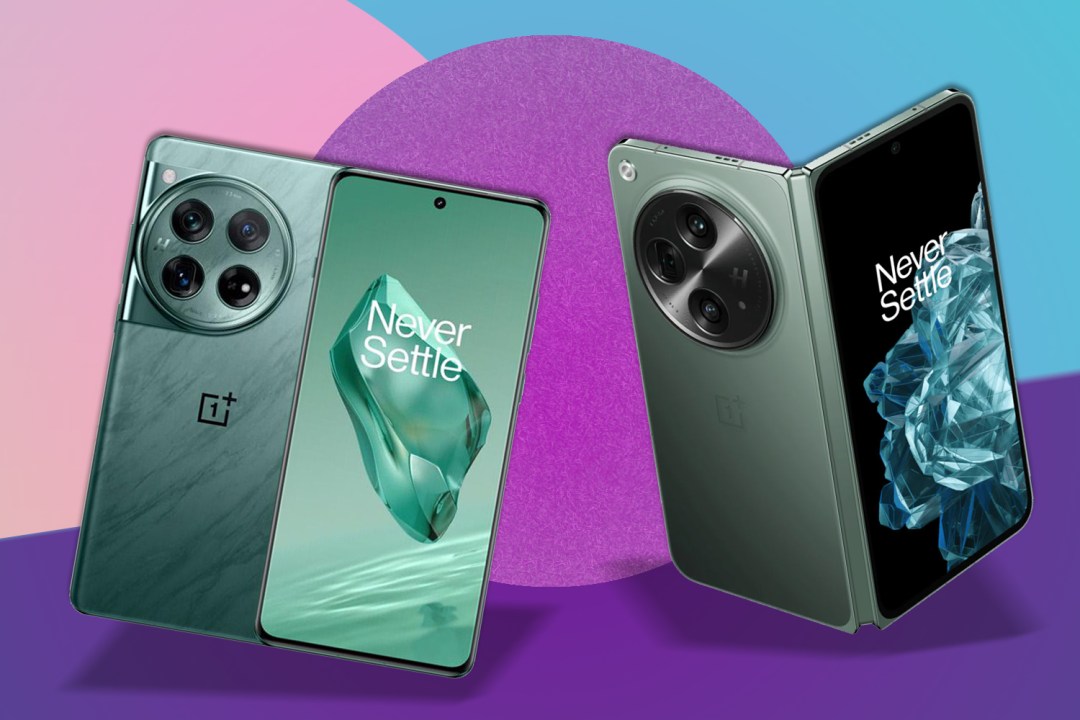
OnePlus 12 vs OnePlus Open — if you’re reading this, then you’re probably wondering which one will come out on top. If not, then this isn’t the article for you. Perhaps our list of the best smartphones might be more up your street. But if you’re toying with the idea of snapping up one of OnePlus’ flagships? Welcome.
We compare the OnePlus 12 and the OnePlus Open below, summing up their key specs, design elements, and differences, to help you make your buying decision that little bit easier. Of course, if you already know whether or not you want a folding phone, then the answer is obvious. But if you’re not sure whether the folding powers of the OnePlus Open are worth the extra premium of the OnePlus 12, then keep on scrolling.
- Read more: OnePlus 12 review
Price & release date
The OnePlus 12 initially launched in China on 5 December 2023, and made its way to the rest of the world on 23 January. It starts at $799.99 in the US for the 12GB RAM/256GB storage model, with a top price of $899.99 for the higher-end 16GB/512GB version. In the UK, those prices are £849 and £999, respectively. You can order it directly from OnePlus US, and OnePlus UK.
The OnePlus Open hit shelves on 26 October 2023, and costs $1699.99 in the US. Across the pond, it’ll set you back £1599 (currently on offer for £1399) in the UK. It can be snapped up directly from OnePlus US, and OnePlus UK.
Design & display
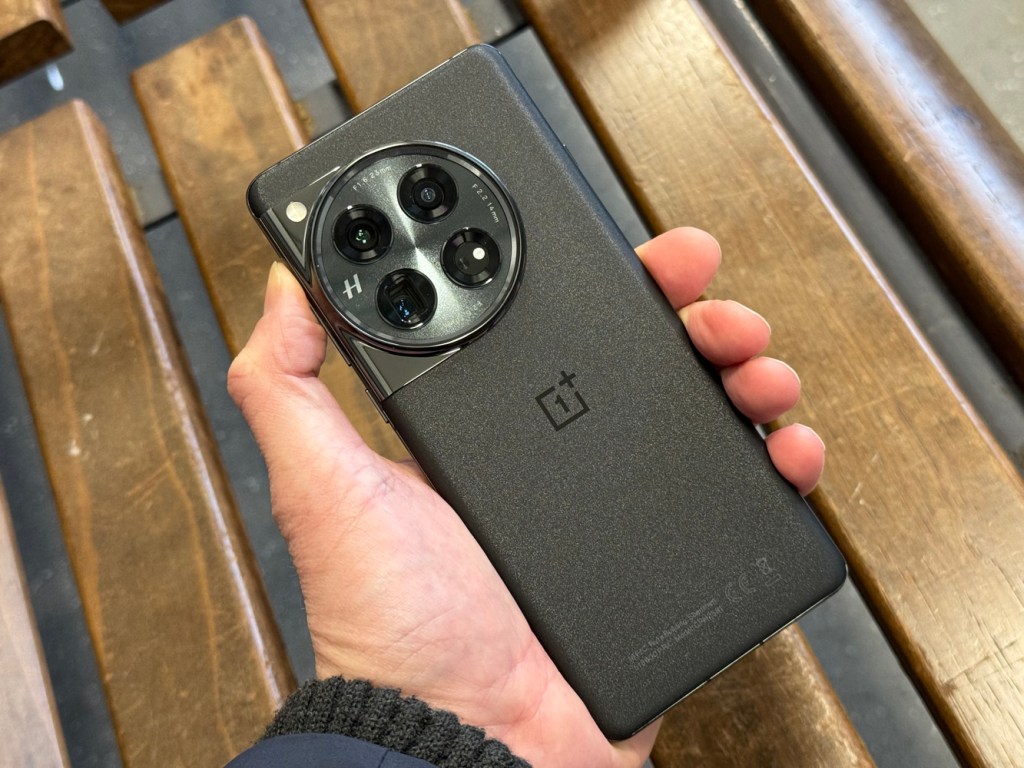

We’re kicking off with the meat and potatoes of this comparison, which will be the deciding factor for most. The OnePlus 12 is a traditional smartphone — rectangular shape, single 6.82in 120Hz 1440 x 3168 AMOLED screen, cameras on the back. The usual. The OnePlus Open, on the other hand, is a folding handset, with an outer screen and an inner display that’s revealed once the whole ensemble is opened.
Which one you prefer, is down to personal preference (and budget). As far as smartphones go, the OnePlus 12 is one of the more handsome ones we’ve seen for quite some time, especially if you pick it up in the rather alluring Emerald Flow variant (our black review unit is pictured above), which has a beautiful, marble-like texture running through its lustrous green finish. Its circular rear camera module is rather prominent, mind, but we rather like it, and it hints at the photography prowess crammed within (more on that in a moment).
The OnePlus Open, at first glance, appears to be a regular smartphone, thanks to OnePlus’ engineering wizardry which manages to keep it at a very respectable 11.7mm thick when closed (the OnePlus 12, for reference, measures in at 9.2mm thin). The front display is a 6.31in 1116 x 2484 120Hz OLED , while the inner folding display keeps the same resolution and refresh rate, but bumps the size up to a very generous 7.82in when opened. It’s also delightfully thin when unfurled, measuring in at just 5.8mm thick. Available in black and Emerald Dusk, it looks the business too, although it doesn’t have any swanky marble finishes like its OnePlus 12 cousin.
Performance, battery, software
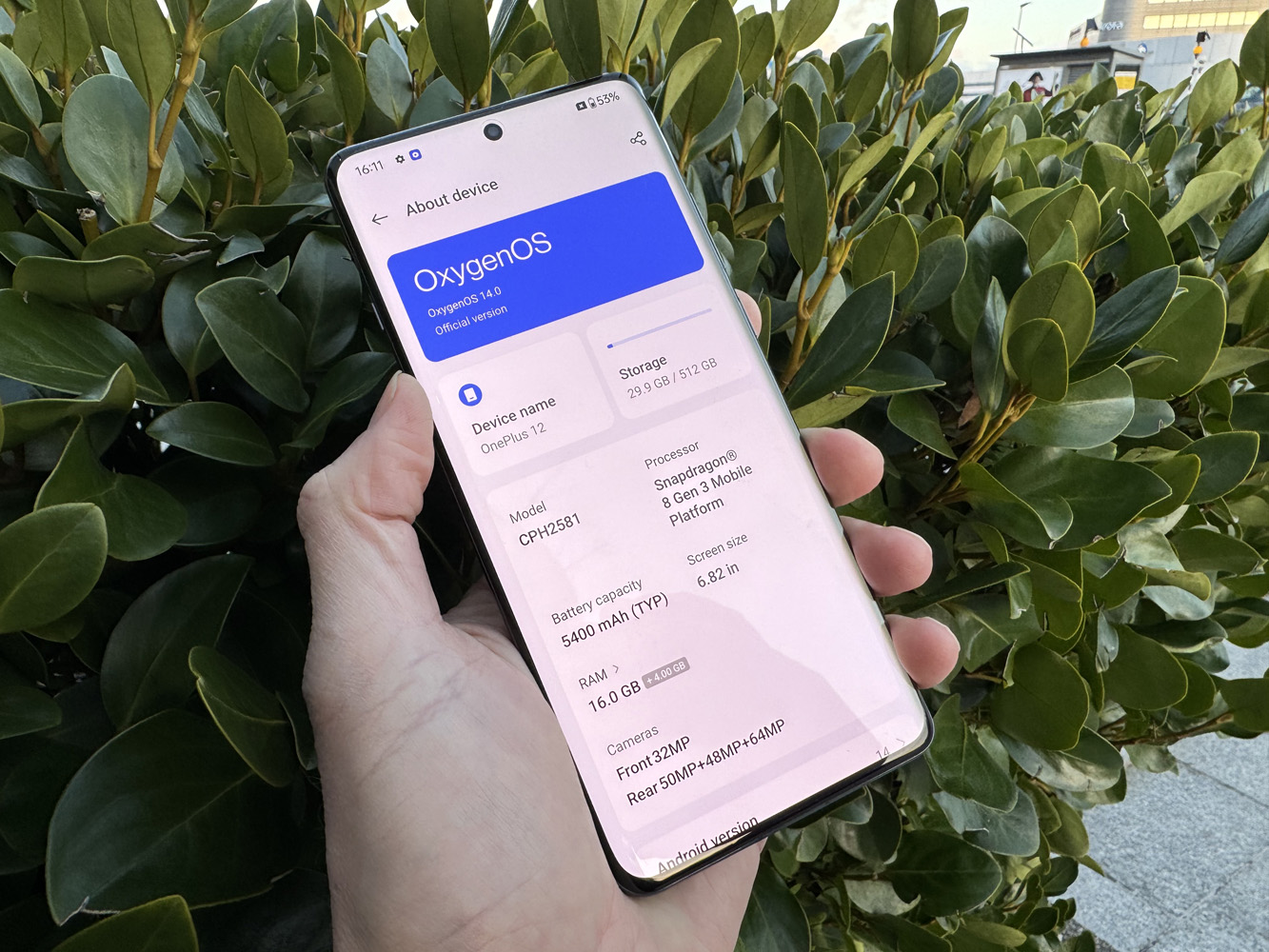
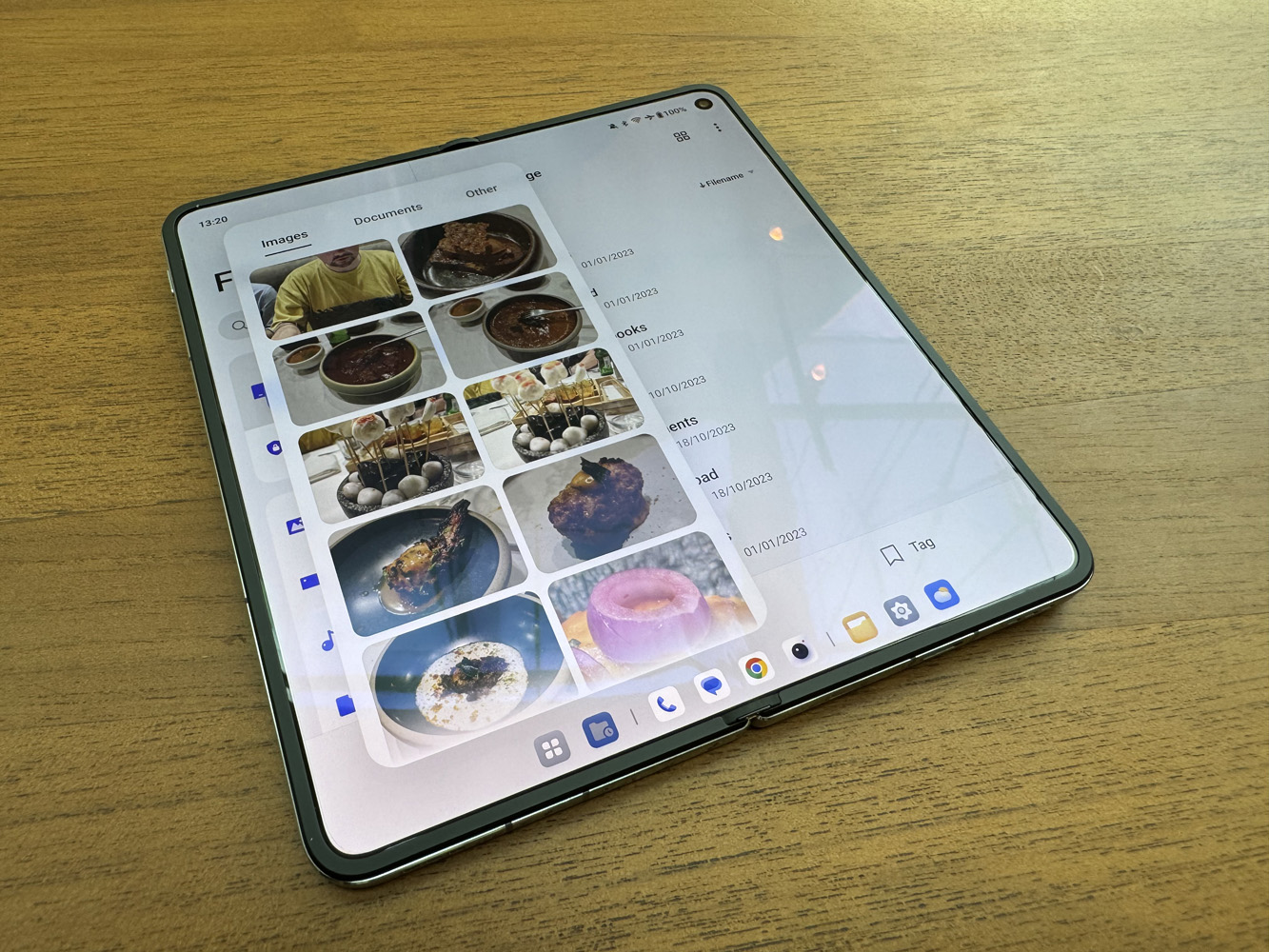
On paper, the OnePlus 12 edges out ahead of its folding counterpart, thanks to the power of Qualcomm’s newer Snapdragon 8 Gen 3 processor. The OnePlus Open is hardly lacking for computational grunt though, with its previous Gen 2 Snapdragon processor still more than capable of handling the most demanding tasks and games you’re likely to ever throw at it.
The Open comes with 512GB storage and 16GB RAM as standard, while the OnePlus 12 is available from 256GB/12GB all the way up to a whopping 1TB/24GB RAM. In practice, you’re unlikely to notice any day-to-day differences between the two, but if you want the maximum amount of spec future-proofing possible, there’s a clear winner.
On the battery front, the OnePlus 12 has another clear advantage. Not only does it have fewer power-hungry screens to feed, but its huge 5400mAh battery is significantly larger than the Open’s 4805mAh alternative.
In terms of software, the OnePlus Open has yet to receive its Android 14 update (although a beta version of Android 14 has been released in India, so its arrival is imminent). The OnePlus 12 lands with Android 14 as standard, so there’s no need to wait to enjoy all of Android 14’s best features. It also features OnePlus’s Trinity Engine, which, in essence, is a set of software optimisations that promise to max-out performance while increasing efficiency. We’d like to think that this will also land on the OnePlus Open, once it’s updated to Android 14.
Cameras

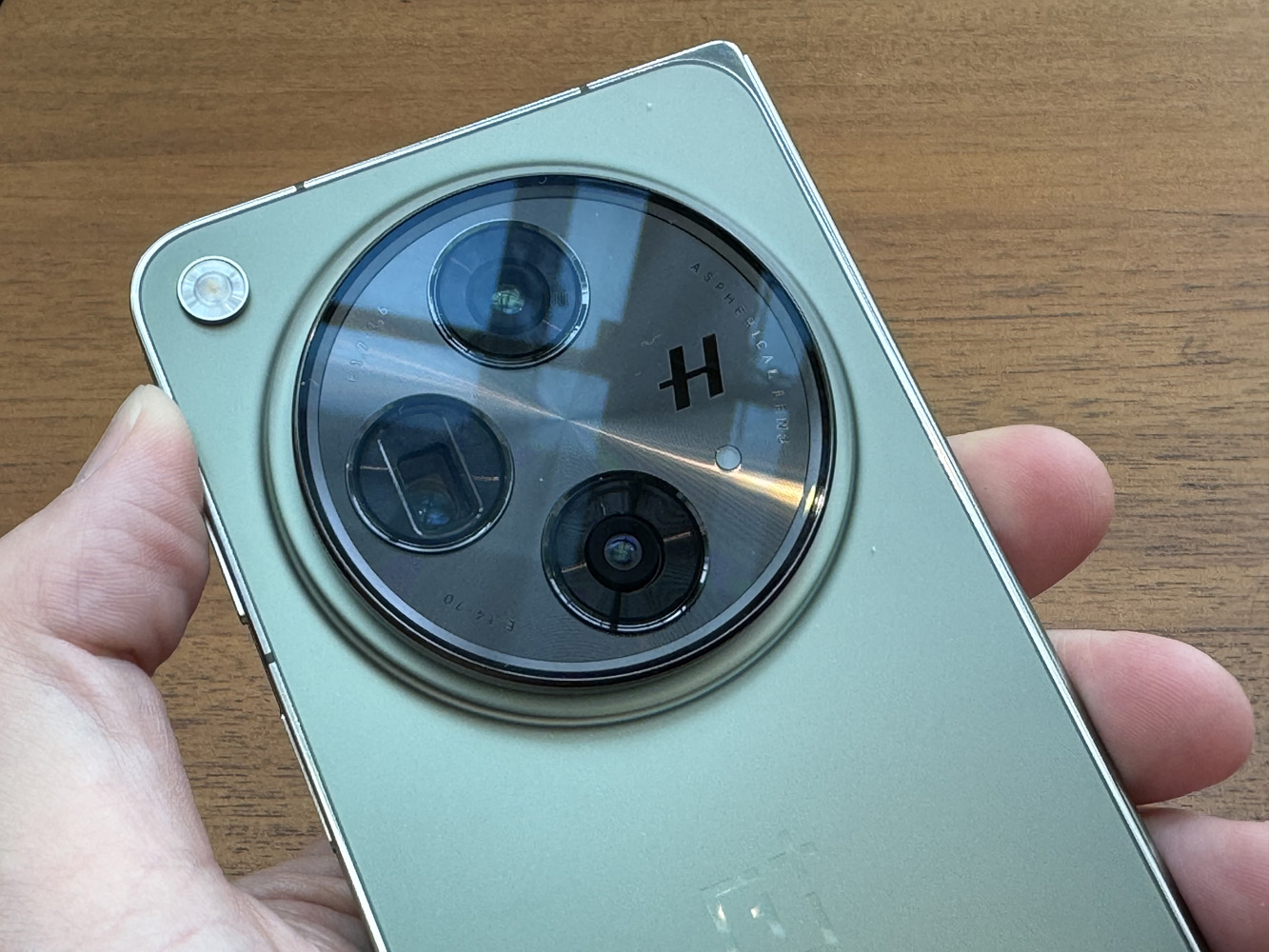
Both the OnePlus 12 and OnePlus Open have similar camera hardware in their respective triple-cam setups. The OnePlus 12 has a 50MP main snapper, 64MP periscope telephoto lens (with 3x optical zoom), and a 48MP ultrawide camera.
The Open features the same specs, although its main camera has a slightly lower 48MP resolution, and an aperture of f/1.7 vs f/1.6, so it might, on paper, produce slightly less detailed shots in low light. However, we were impressed with the OnePlus Open’s imaging prowess during our review, so neither handset should disappoint keen photographers — especially with similar Hasselblad processing extras thrown into the mix.
The OnePlus 12 definitely delivers on its promise of a capable camera setup, and impressed during our review with its level of detail, and reliable zoom performance. It’s easily one of the best camera efforts to come out of OnePlus HQ, and overall, will edges out ahead for most people’s use cases. Videographers should also note that the OnePlus 12 is capable of 8K/24fps recording, while the Open is limited to 4K/30fps. The OnePlus 12 also has a higher resolution selfie cam (32MP vs 20MP).
OnePlus 12 vs OnePlus Open: Initial verdict
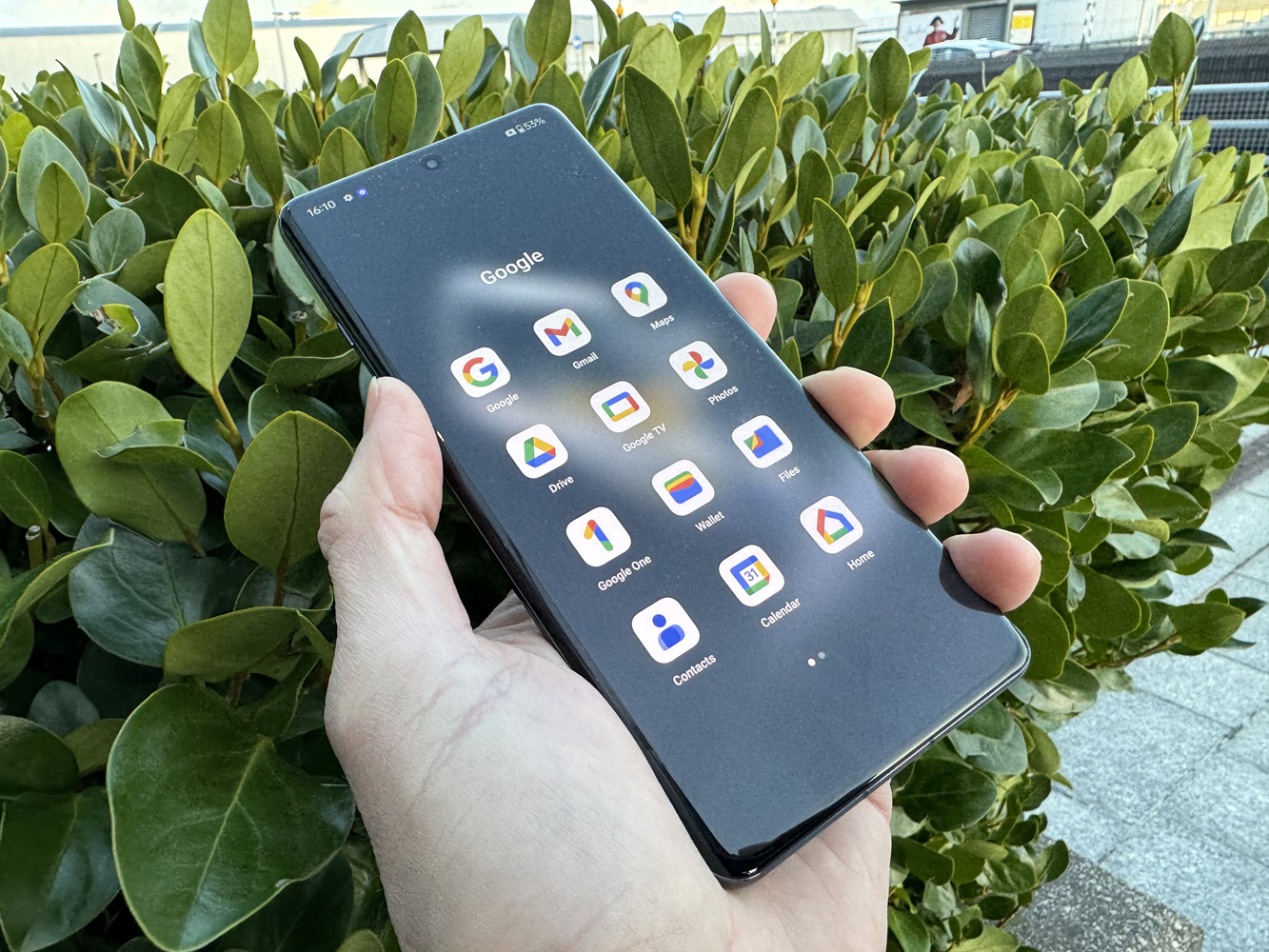
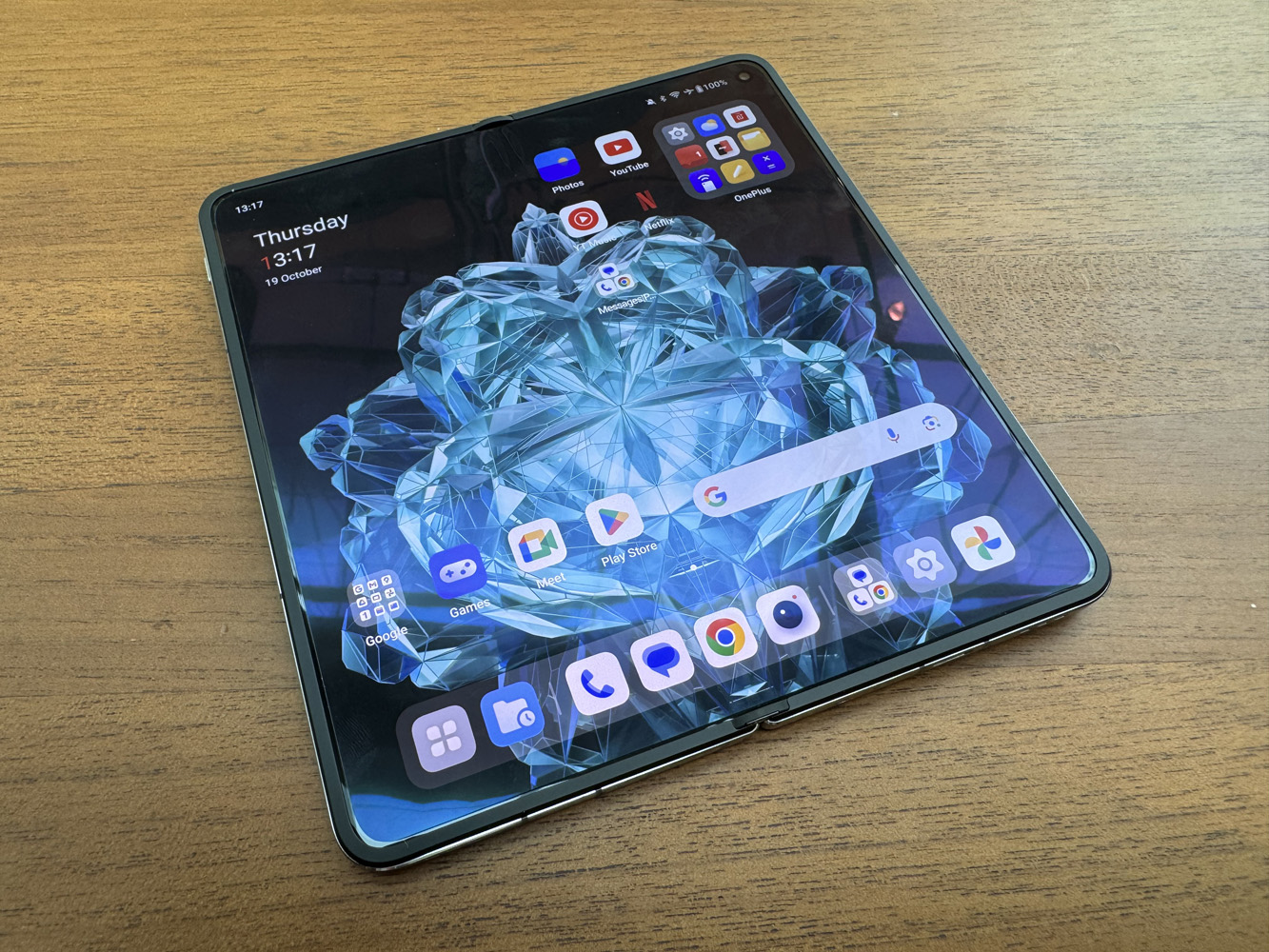
This head-to-head is simpler than most — if you’re after a OnePlus handset and you want a folding screen, then the Open is obviously the way to go. If, however, you’re not convinced by the extra cost-to-benefit of a foldable, that’s fine too. Sure, it’s nice to have a larger screen, but if you’re not much of a gamer or media enjoyer, then there’s nothing wrong with saving a hefty amount of cash and opting for a more traditional smartphone form factor.
The OnePlus 12 is not only substantially cheaper, but also newer, which means it’s got the latest internals in the form of a newer processor, along with a very capacious battery, and an updated camera system. Either way, you won’t be disappointed.
- Read more: These are the best Android apps around



